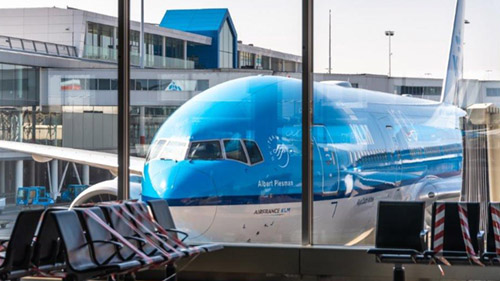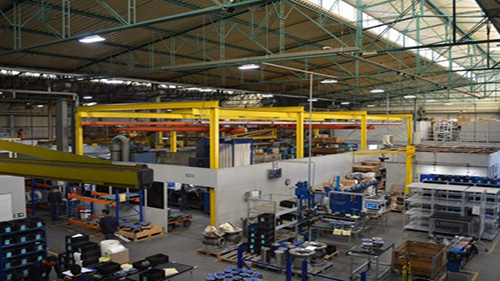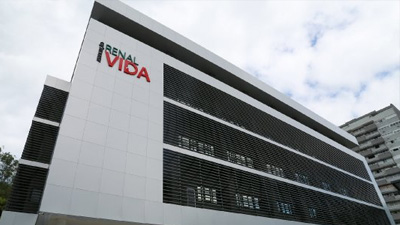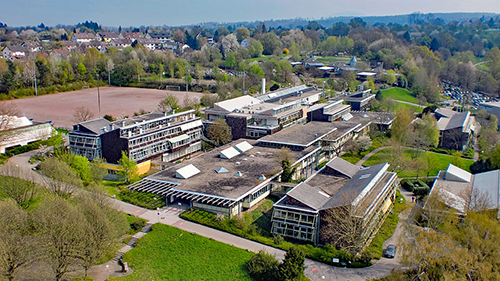Canterbury College
Digitized Campus Improves the Teaching and Learning Experience

Universities across the globe are in constant competition in student recruitment. As students prepare for this next step in their lives, they search the colleges for course content, academic reputation, quality of academic facilities, distance from home and of course reliable Wi-Fi. The advancement in technology has changed the way professors teach and the way students learn. From registering for classes to turning in assignments, everything can be accomplished with mobile devices.
Challenge
Canterbury College is located in the southeast of England and serves 9,000 students. The college prides itself on offering a wide range of vocations – from beauty, to mechanics – and as technology advances, so does the learning environment for the students. According to industry analysts, Gartner, £900m was spent on technology in UK schools during 2015 and the government is backing this with further spending by making digital transformation one of its top priorities. Figures suggest that more than three quarters of teachers across the UK use some form of technology in their lessons. With innovations like interactive smart whiteboards, remote-link video training, and collaborative learning tools to connect students and teachers, this number is only expected to rise. The onus is now firmly on how technology can be adopted to help further education, so Canterbury College begun looking at ways to embrace digital and IT technologies to improve the teaching and learning experience.
Canterbury College had seen a 50% increase in the number of personal devices connecting to the network. This generation of digital natives are born with technology intrinsically instilled into them, and expect to be social, mobile and always connected anywhere on any device. The college found that they were above the national average, with 95% of students using their smartphone on campus. These users expected reliable Wi-Fi as they roamed from classroom to classroom. This meant that the number one complaint the IT team was receiving was about the quality of the Wi-Fi connection and drop-outs in service.
Requirements
- WLAN infrastructure that is scalable and innovative
- Reliable network that meets the high density needs of students and faculty
- Campus-wide mobility
- Easy deployment and network maintenance
Solutions
- High performance network solution that meets the current and future Wi-Fi needs with superior connectivity and coverage
- Deployed 2 SmartZone 100 for ease of management
- Deployed 177 R500 APs, 25 R710 APs and 5 T300 outdoor APs to provide campus-wide mobility
Benefits
- Improved density capabilities and overall throughput
- Enhanced student experience
- Added visibility and easy management for the IT department
- Secure network to protect and safeguard the students and their Internet usage




